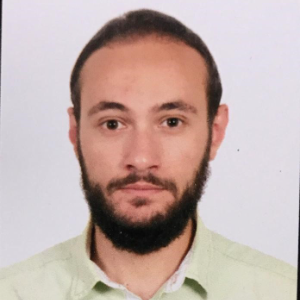Abstract:
Background: We opted to do this quality improvement project to improve one of the main elements of the perinatal optimization care.
Aim: The primary aim was to perform DCC to all babies <34 weeks who are born in good condition. The secondary aim was to differentiate those born in poor condition and needing resuscitation from those needing support during the transition while allowing DCC.
Methods: We retrospectively audited the electronic (BadgerNet) data for babies born <34 weeks, from September-2021 to September-2022, and identified 82 babies. We subsequently implemented changes in education and practice and performed a prospective audit of 51 babies between October-2022 to July-2023. Initially, our first PDSA cycle was focused on increasing awareness of the multidisciplinary team (MDT) members by doing teaching sessions. We developed an awareness poster for display in delivery suite and obstetric theatres. We finally had monthly MDT meetings to discuss the progress. Later, we noticed that some babies born in poor condition, and does not receive DCC, cry after stimulation. Hence, we developed a novel approach encouraging neonatologists to start NLS algorithm by stimulation while the cord is intact for 30 seconds. Then, assess whether baby improved or resuscitation is required. We developed a poster illustrating it and asking the neonatologists to scrub-in in theatres to be able to assess the baby.
Results: 54 babies were born in good condition before starting, in which 74% received DCC and 26% did not. Since implementation of the initial changes in October 2022 until July 2023, we have been achieving 100% among babies born in good condition. We started the new approach for DCC for babies born in poor condition in April-2023 and it enhanced our average DCC rates among eligible babies. Our rates showed continuous improvement from 50.5% before implementing the changes to 61.8% after starting the first PDSA cycle to 77% after starting the new approach.
Discussion: Increasing awareness by teaching sessions and posters helped in achieving our primary aim.
Furthermore, assessing the baby and starting NLS algorithm with intact cord helped in differentiating babies who need resuscitation from those who improve and hence received 60 seconds of DCC. This will not only help differentiating those who will improve with stimulation, but will also allow all babies to have at least 30 seconds of DCC while starting NLS algorithm as since starting our novel approach all babies who did not receive full 60 seconds of DCC, at least had 30 seconds up to 57 seconds of DCC before the cord was clamped. Therefore, it would be beneficial to assess babies who do not cry at birth before clamping the cord. This approach will be particularly helpful in units where there is no equipment to start resuscitation during DCC.
The greater challenge is performing DCC for babies born in poor condition. We have started discussions on having a mobile resuscitaire. We are running simulations and developing a local guideline to provide clarity on how to implement it.
Audience Take Away Notes:
- Implement changes in the audience daily practice which might lead to improvement in one of the key elements of the perinatal optimization care
- Our approach is feasible and practical for neonatal units to be added to their local guidance easily




